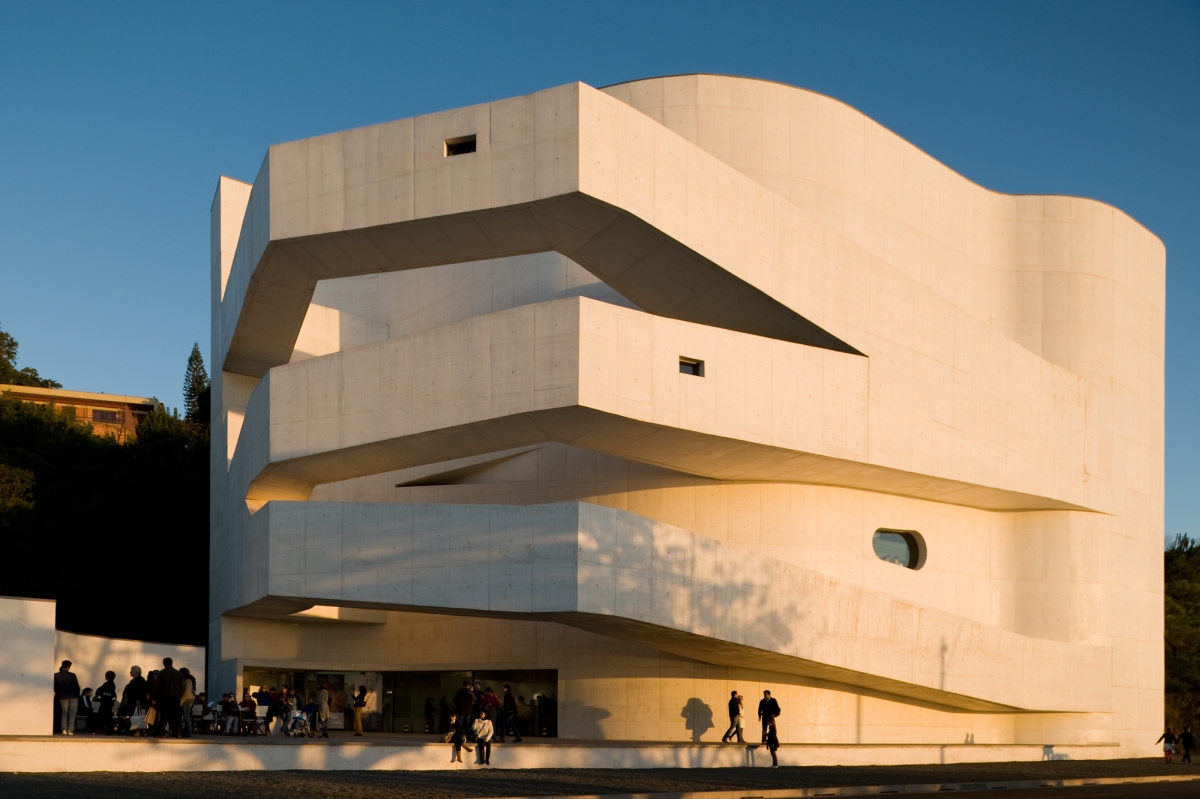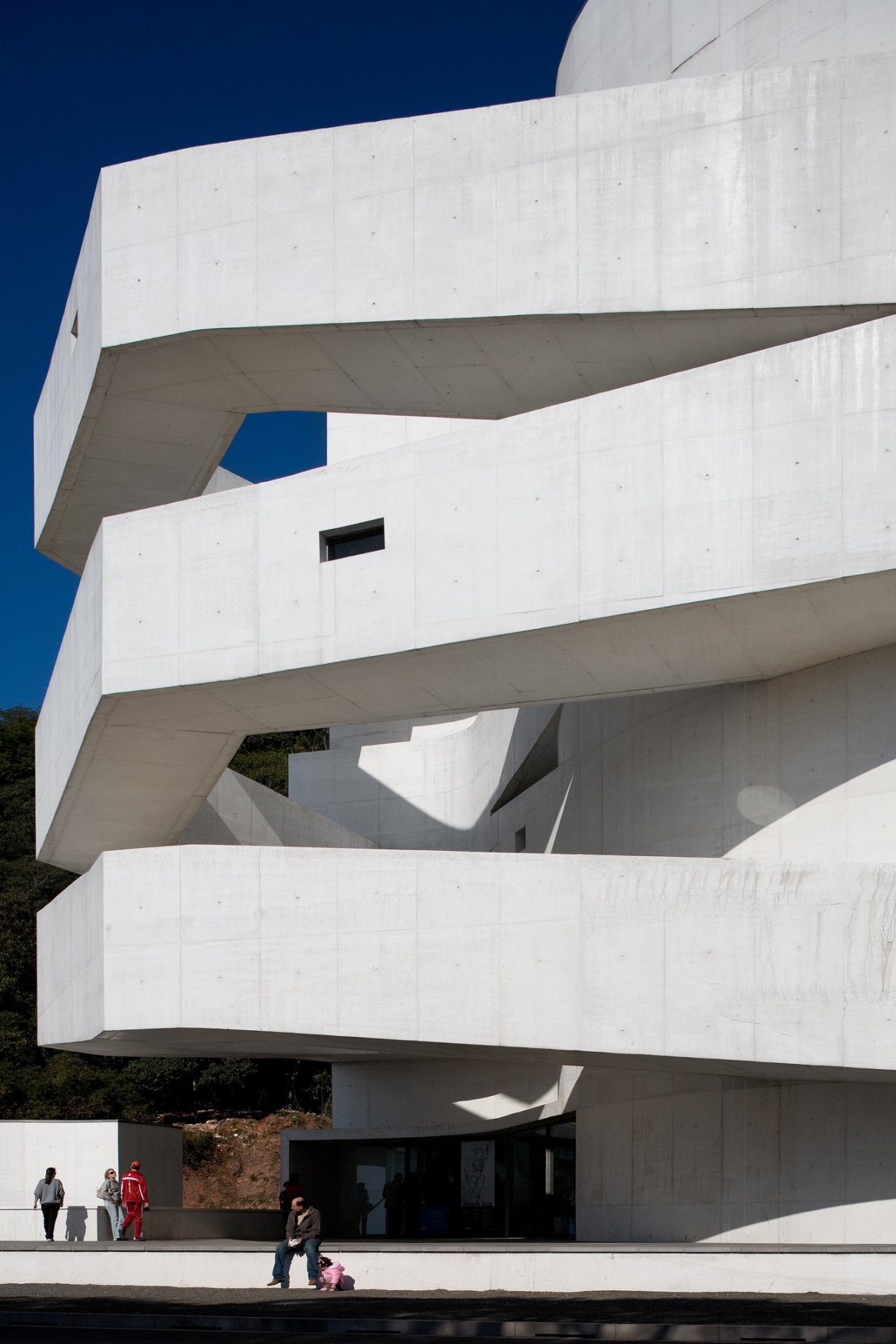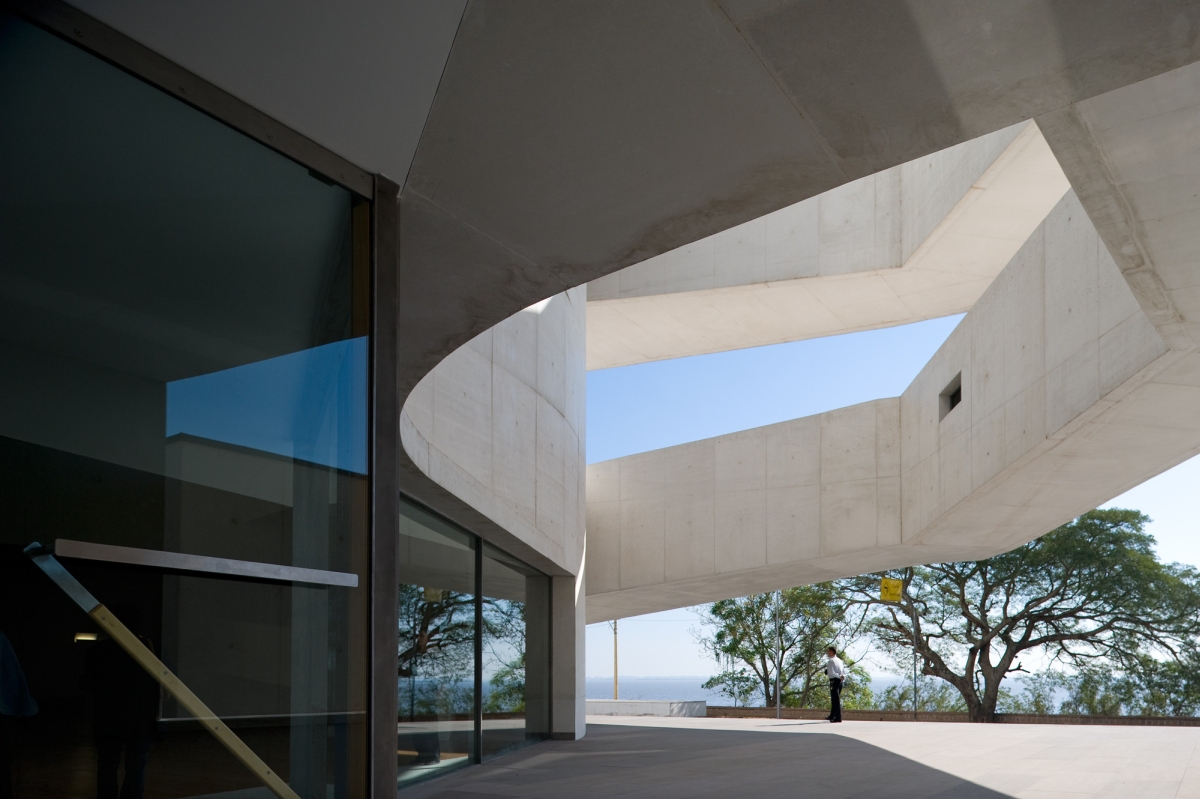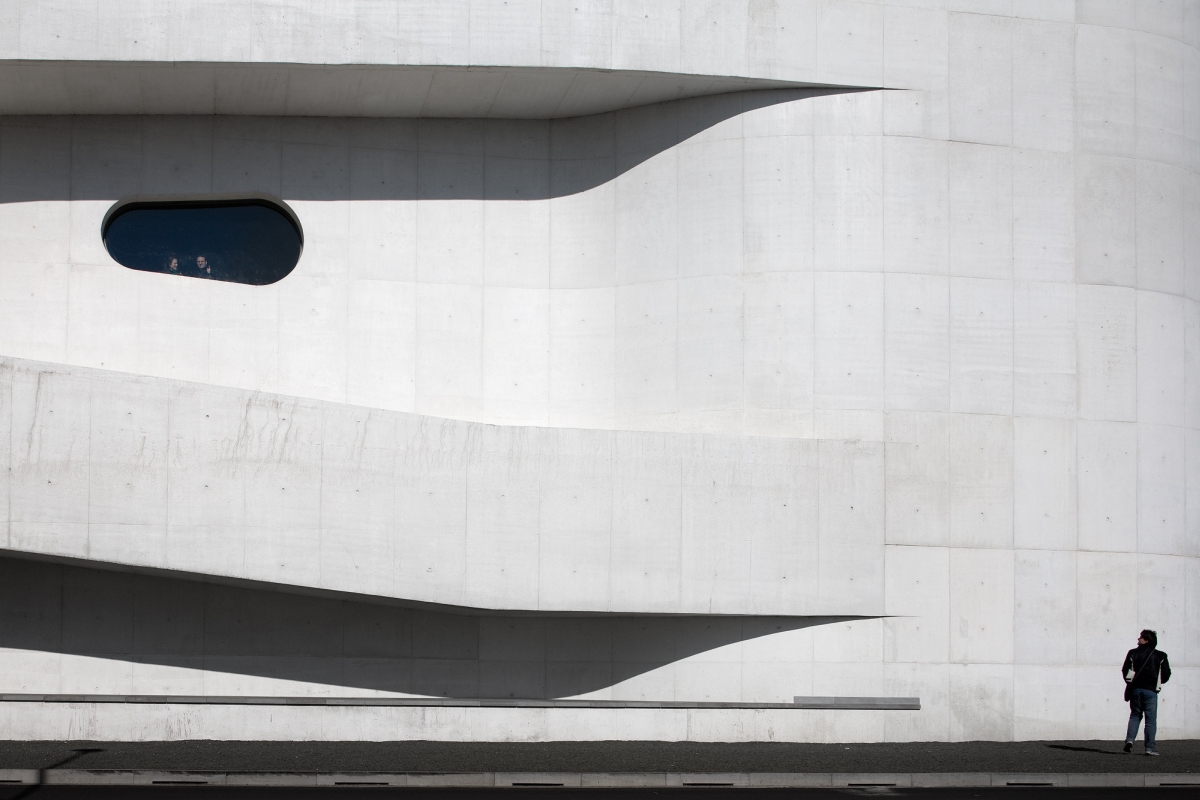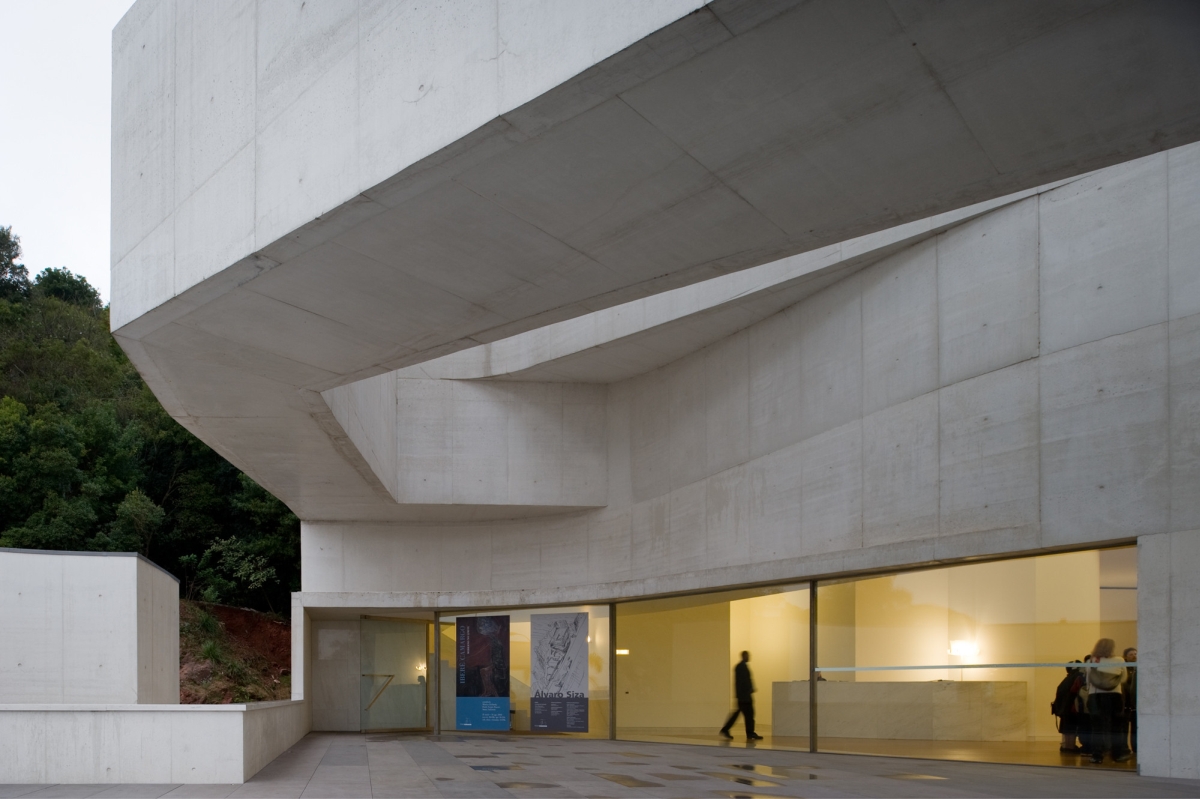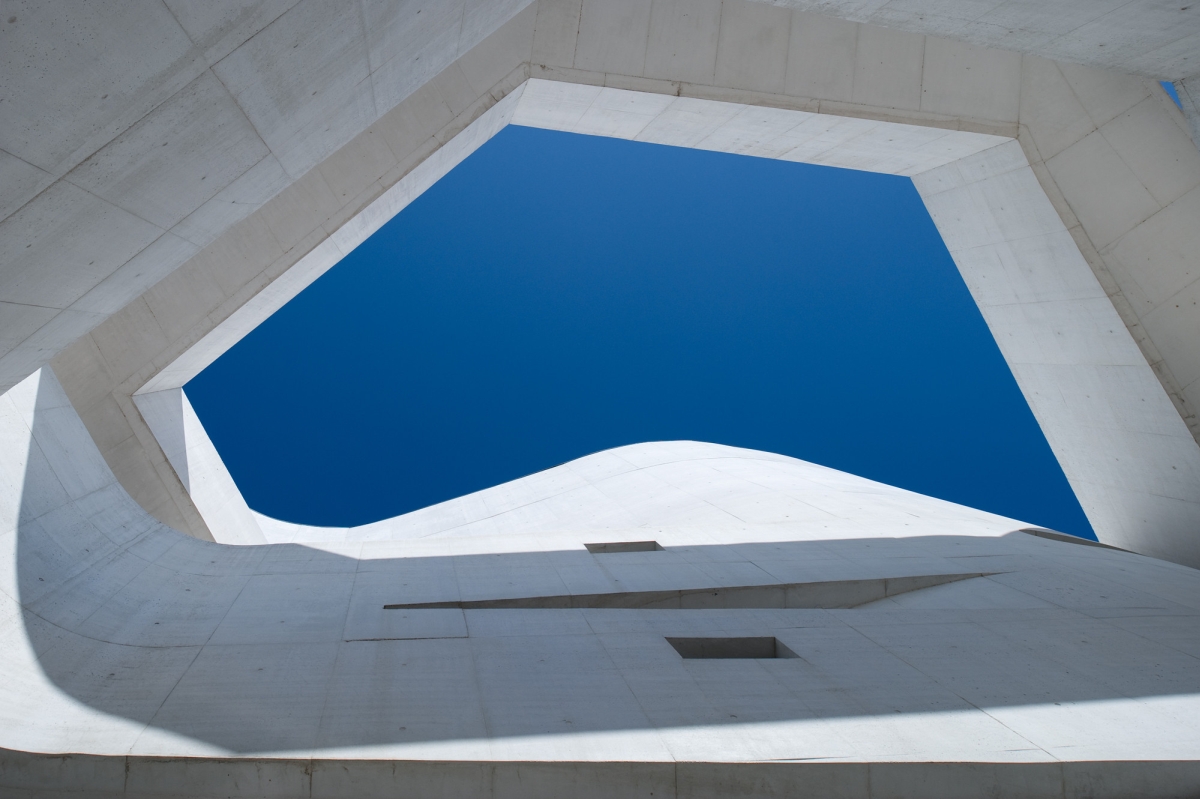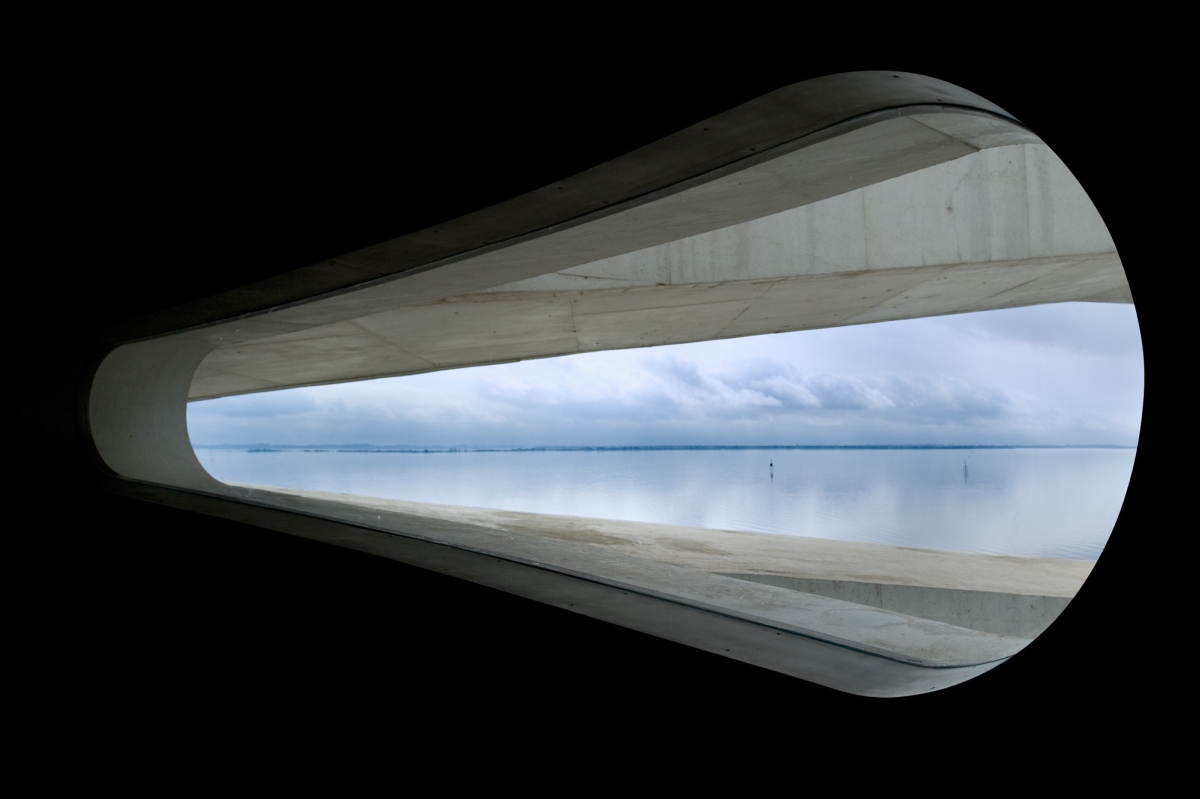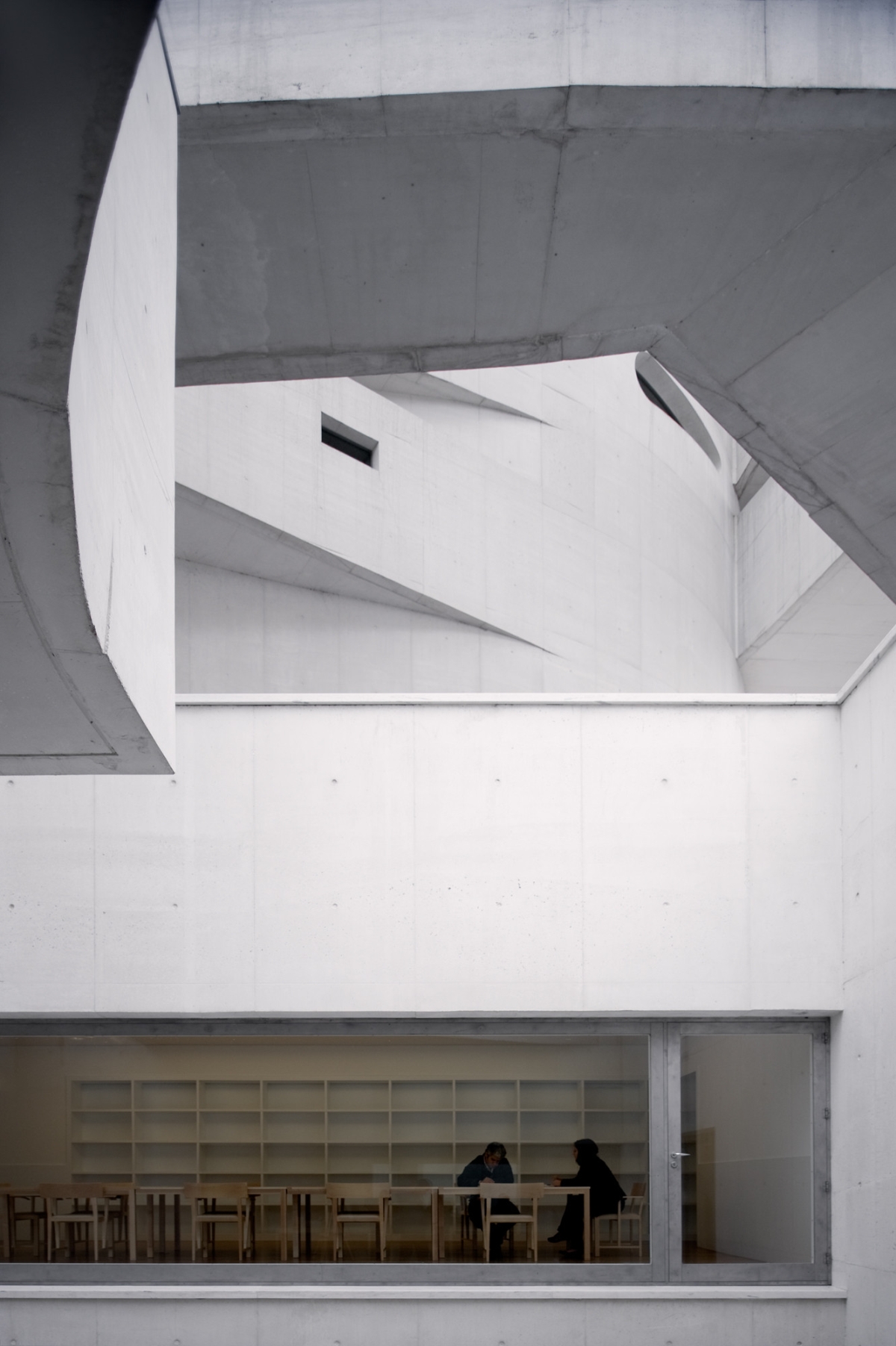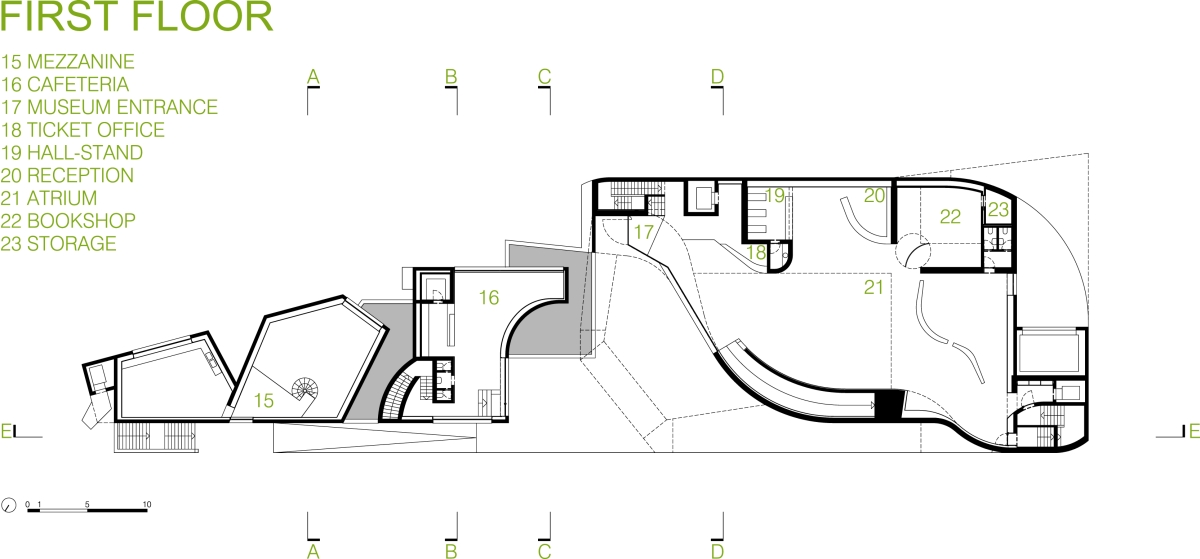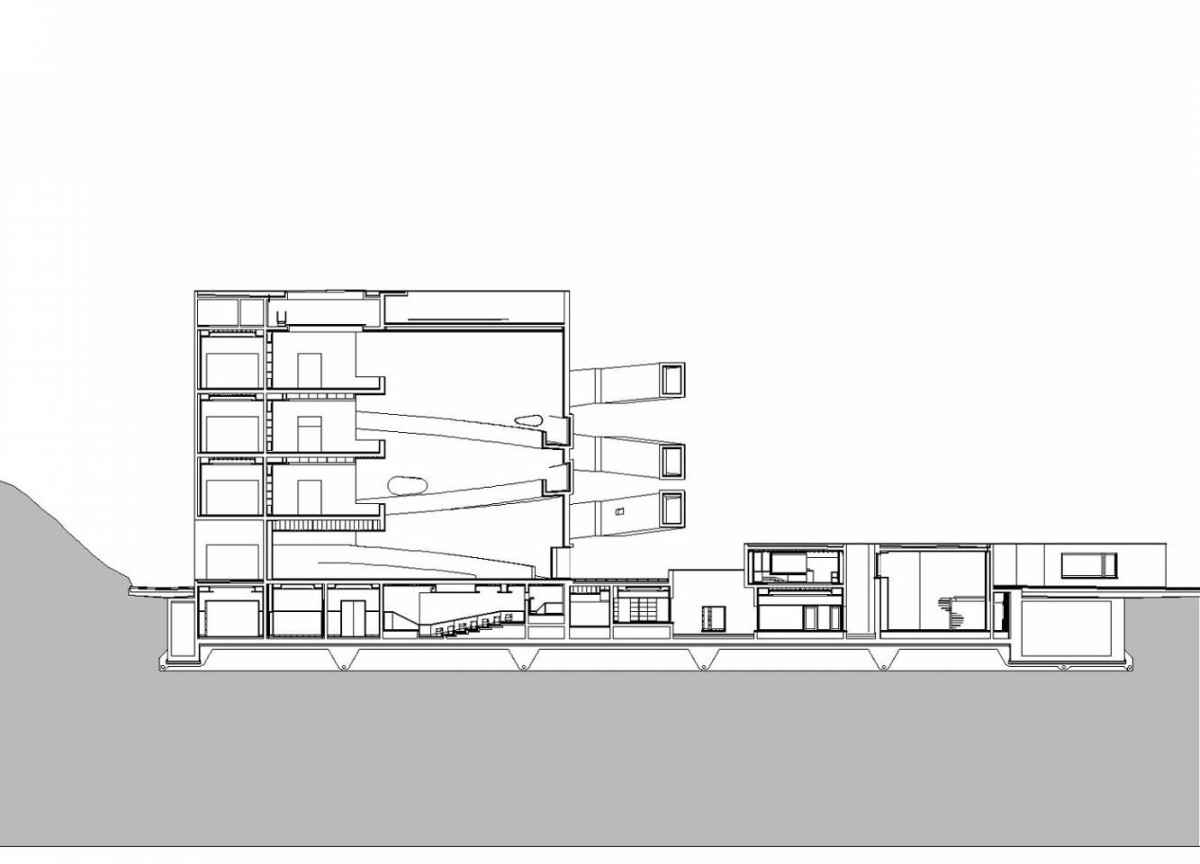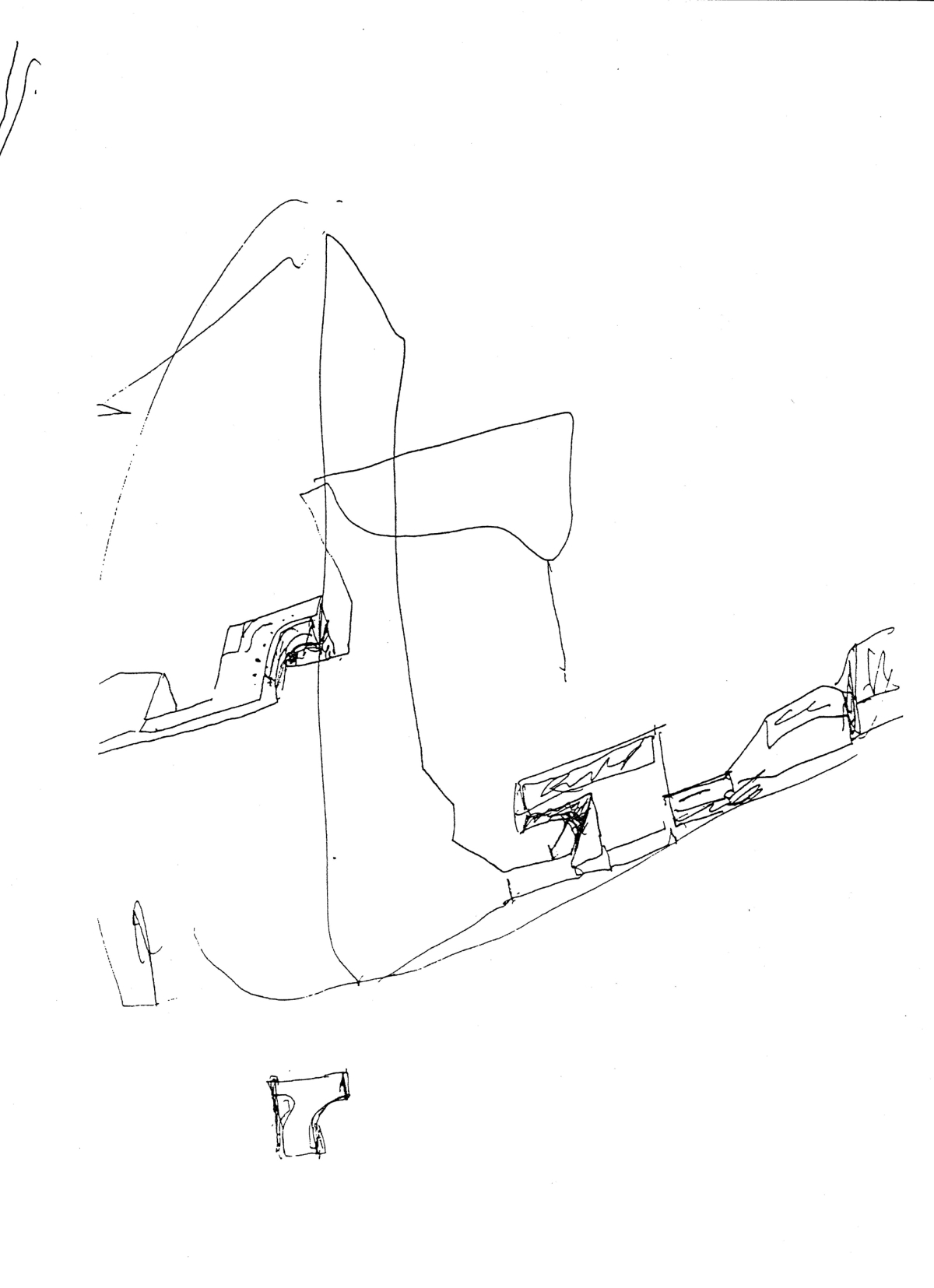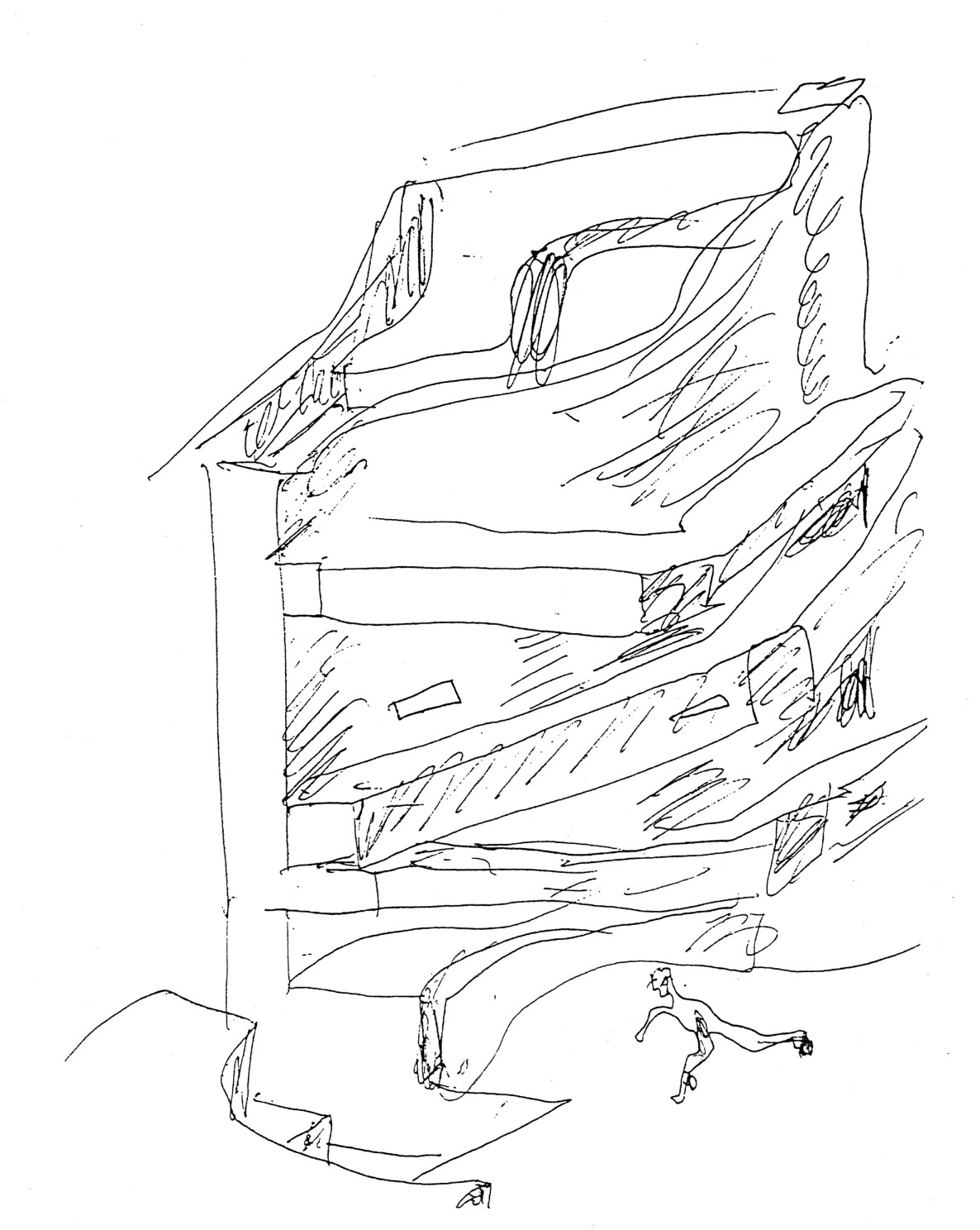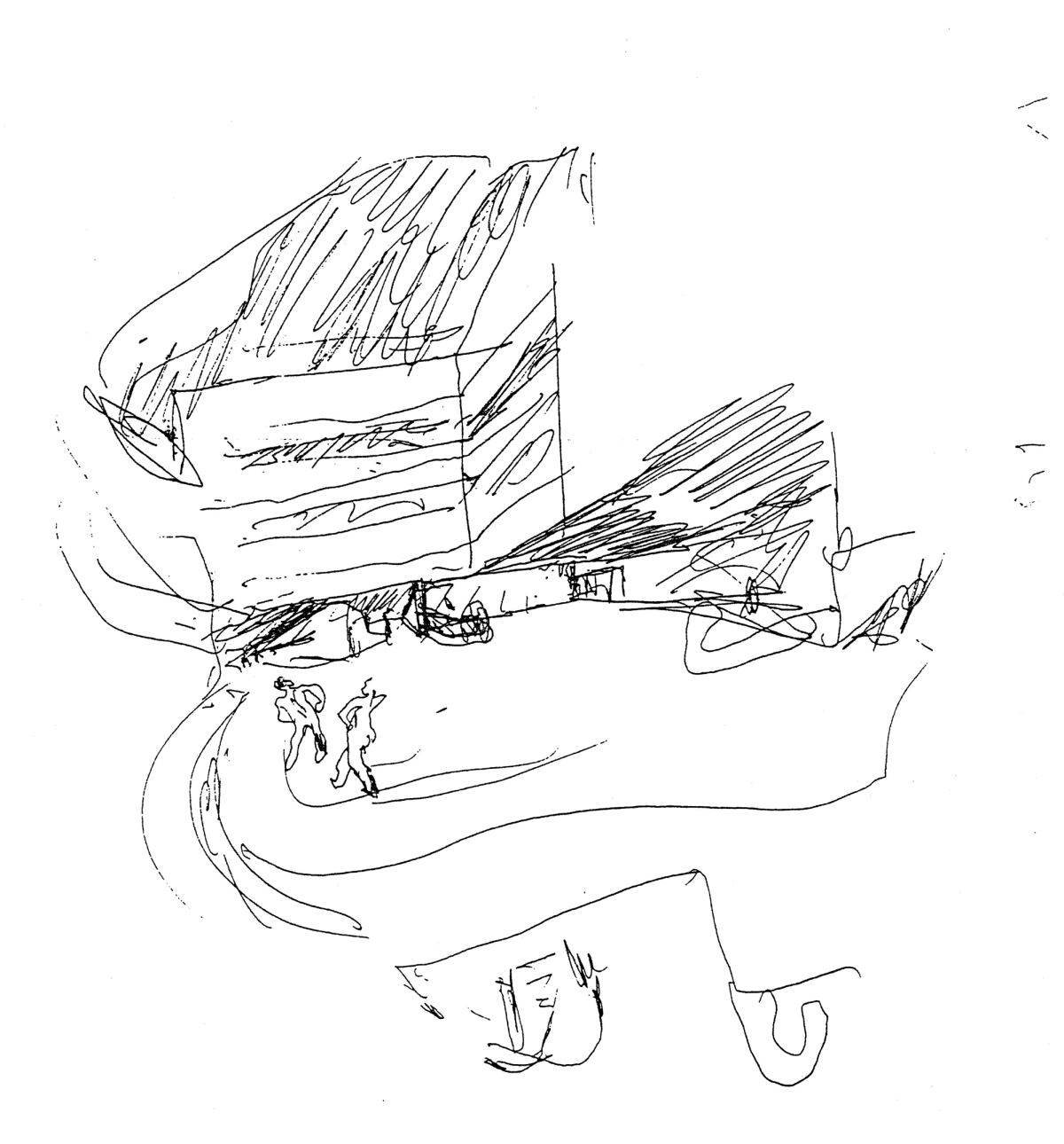The Iberê Camargo Foundation Museum, designed by renowned architect Álvaro Siza Vieira, serves as a contemporary homage to Brazilian brutalism of the mid-20th century. Yet, it transcends its historical roots by incorporating an organic flair uniquely imparted by Siza Vieira himself.
Iberê Camargo Foundation Museum Technical Information
- Architects: Alvaro Siza
- Typology: Cultural Foundation, Museum
- Client: Ibere Camargo
- Location: Av. Padre Cacique, Porto Alegre, Brasil
- Material: Concrete
- Project year: 2003
- Photographs: © Fernando Guerra
Although each detail is important, the governing feature is the totality. Equilibrium is the underlying quality for architecture.
– Alvaro Siza
Iberê Camargo Foundation Photographs
A Convergence of Art and Architecture in Brazilian Modernism
The new building of the Iberê Camargo Foundation is sited in a narrow plot, nearby the Guaíba River. The museum is mainly defined by its vertical volume where the exhibition rooms are located, from which are raised suspended, undulating arms in white concrete – somewhat resonant of the iconic concrete reveries of Lina Bo Bardi. This is the first project by Portuguese architect Álvaro Siza built in Brazilian territory and was honored by the Venice Architecture Biennale with the Golden Lion award in 2002.
A large exhibit of work by the painter Iberê Camargo, displayed in the building’s nine art galleries, marks Porto Alegre’s inauguration of the first project by Portuguese architect Álvaro Siza in Brazil.
The Portuguese architect Álvaro Siza returned to Porto Alegre at the beginning of this year for one of his final visits to his first building designed in Brazil, which will house more than half a century’s output of paintings, drawings, gouaches, and prints by Iberê Camargo, who is considered to be one of Brazil’s most important artists of the 20th century.
The architect was in the state capital to concern himself with the final details of the project, such as the development and production of the building’s furnishings, which he had also designed. The Portuguese architect is meticulous about every detail of the building, believing that harmony is fundamental in a work. He says:
Although each detail is important, the governing feature is the totality. Equilibrium is the underlying quality for architecture.
– Alvaro Siza
The new Iberê Camargo Foundation headquarters opened in 2016 and wants to preserve the collection of more than four thousand works by the master of Brazilian expressionism and to be a major center for discussion, research, and exhibition of modern and contemporary art, placing Porto Alegre and Brazil on the route of the world’s major centers of culture.
Iberê Camargo Foundation Plans
Iberê Camargo Foundation Siza’s hand drawings
Iberê Camargo Foundation Gallery
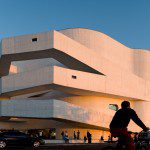

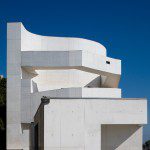
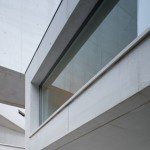
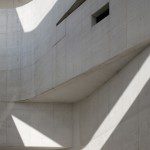



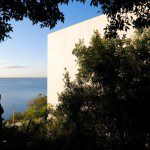

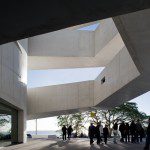
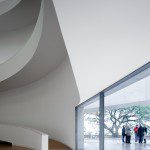
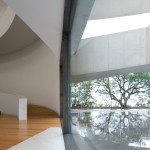
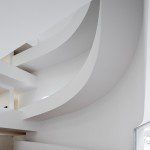

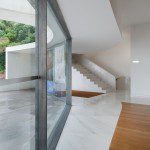
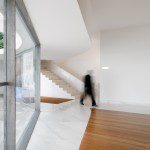
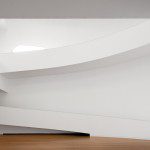


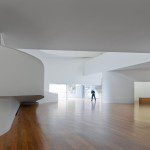
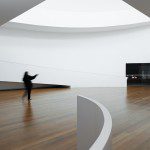
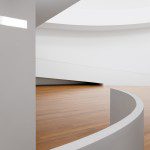

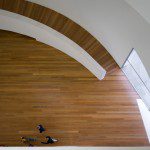
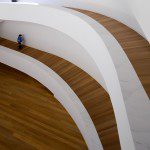

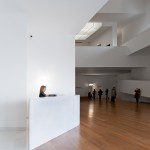
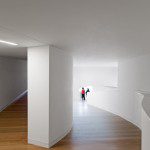



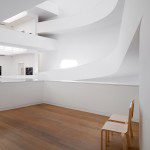


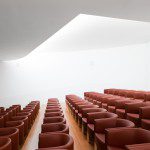
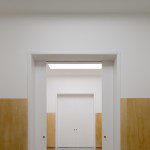



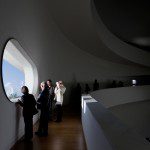

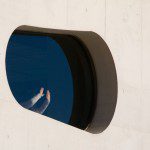



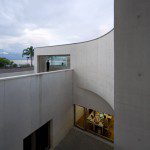




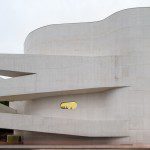


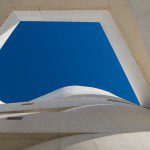
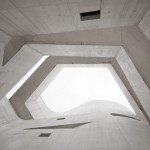

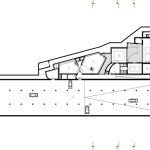

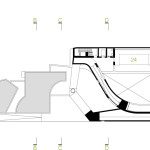
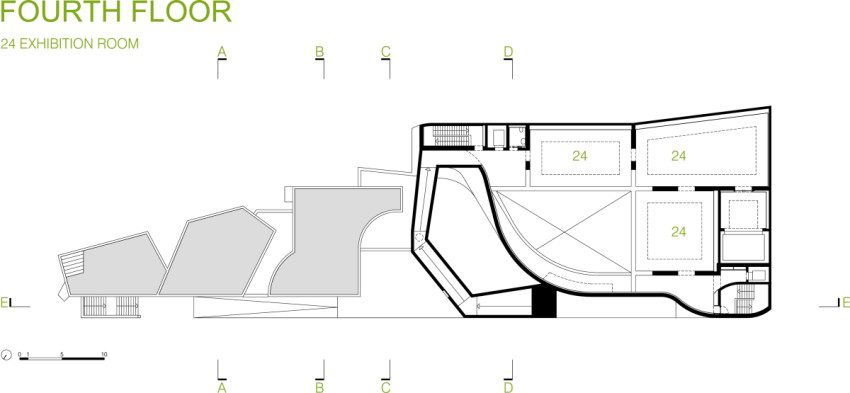
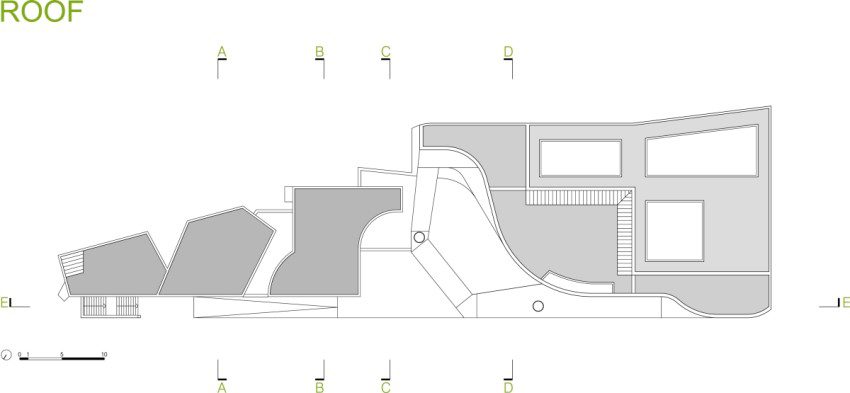
About Alvaro Siza
Álvaro Siza Vieira is a Portuguese architect celebrated for his poetic yet functional designs that blend modernism with the local vernacular. Born in 1933, Siza gained international acclaim for projects such as the Iberê Camargo Foundation Museum in Brazil and the Serralves Museum in Portugal. His works are characterized by their spatial fluidity, subtle use of materials, and keen sensitivity to the landscape and cultural context in which they are situated. A recipient of numerous awards, including the Pritzker Architecture Prize in 1992, Siza’s influence has been profound in shaping the discourse of contemporary architecture.

